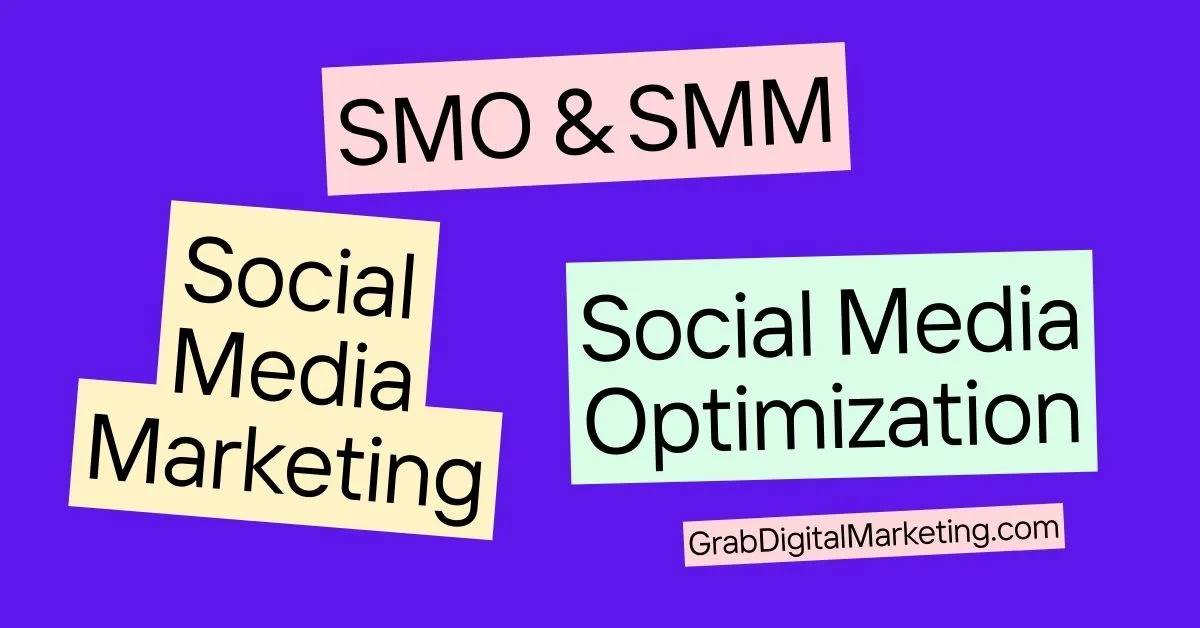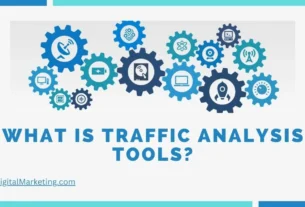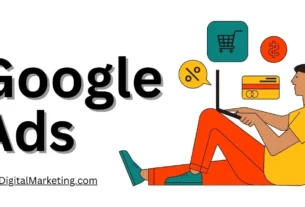Sure, I’d love to dive into Social Media Optimization (SMO) and Social Media Marketing (SMM) with you. Here’s an extensive explanation of both topics that should cover what you’re looking for:
Table of Contents
Social Media Optimization (SMO) Introduction
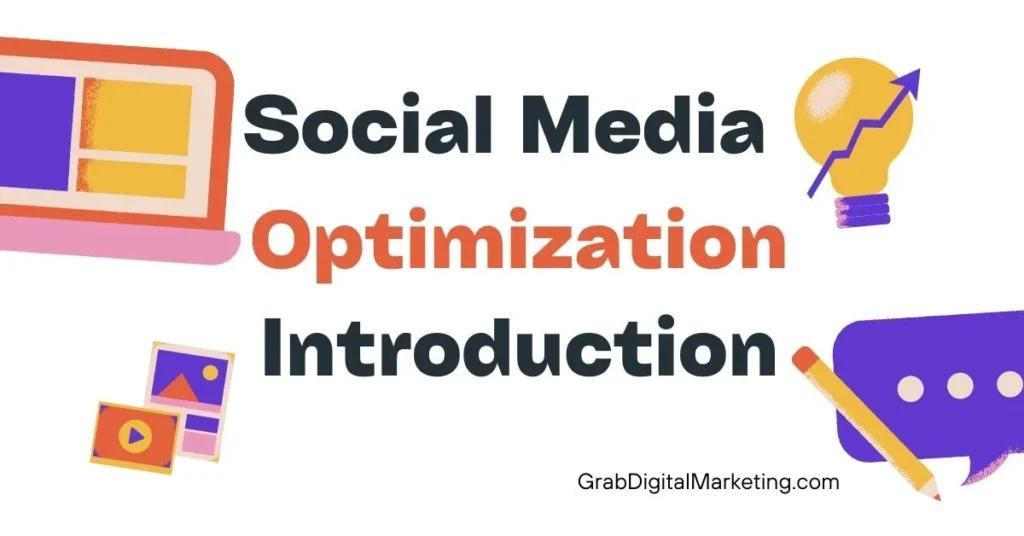
Social Media Optimization (SMO) refers to optimizing your social media presence to increase brand awareness, engagement, and traffic. It involves refining and enhancing your social media profiles and content to better attract and engage with your target audience. SMO aims to leverage social media platforms effectively to achieve broader digital marketing objectives.
Importance of SMO
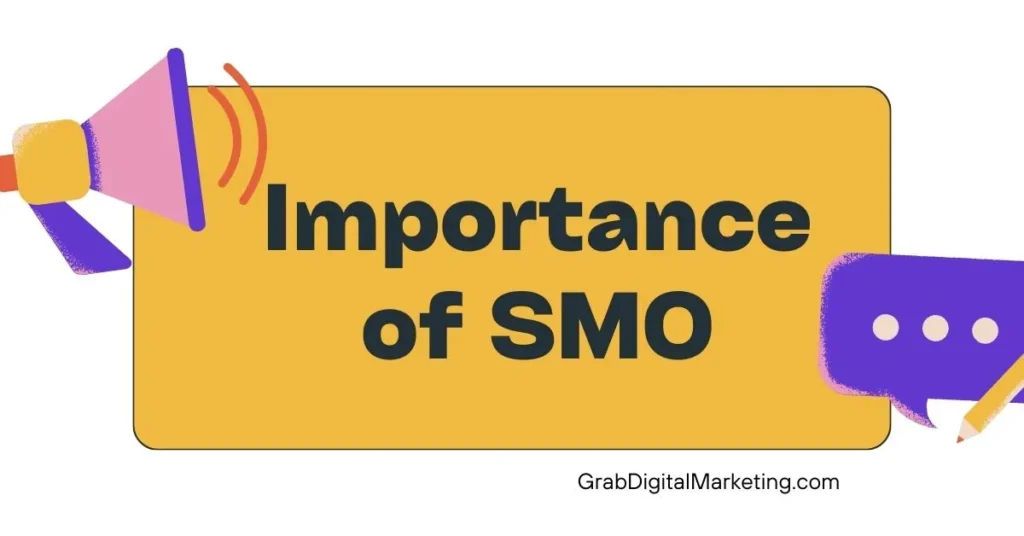
- Enhanced Online Visibility: Optimizing your social media profiles and content improves your chances of being discovered by a larger audience.
- Improved Engagement: Optimized content is more likely to attract likes, shares, comments, and other forms of engagement from users.
- Better Brand Image: A well-optimized profile presents a professional image and reinforces brand consistency.
- SEO Benefits: SMO can indirectly impact search engine rankings by increasing social signals, driving traffic, and creating backlinks.
Key Elements of SMO
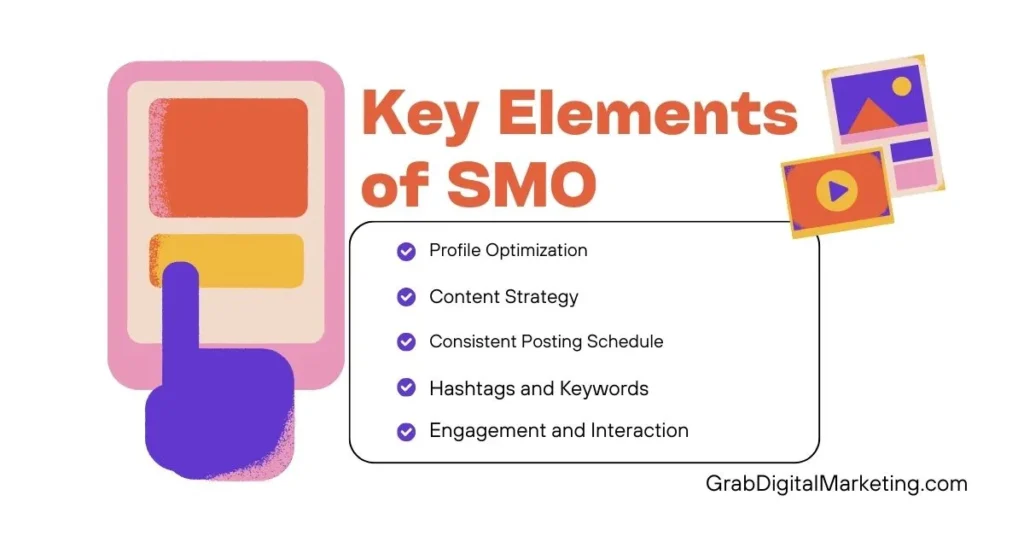
- Profile Optimization: Ensure that all your social media profiles are complete, with consistent branding elements such as profile pictures, cover photos, and bios.
- Content Strategy: Develop a content plan that aligns with your brand’s goals and audience interests. This includes creating a mix of engaging, informative, and entertaining content.
- Hashtags and Keywords: Use relevant hashtags and keywords in your posts to increase discoverability and reach a wider audience.
- Consistent Posting Schedule: Regularly post content to maintain an active and engaging presence on social media.
- Engagement and Interaction: Actively engage with your audience by responding to comments, messages, and mentions. This helps build a loyal community.
Tools for SMO
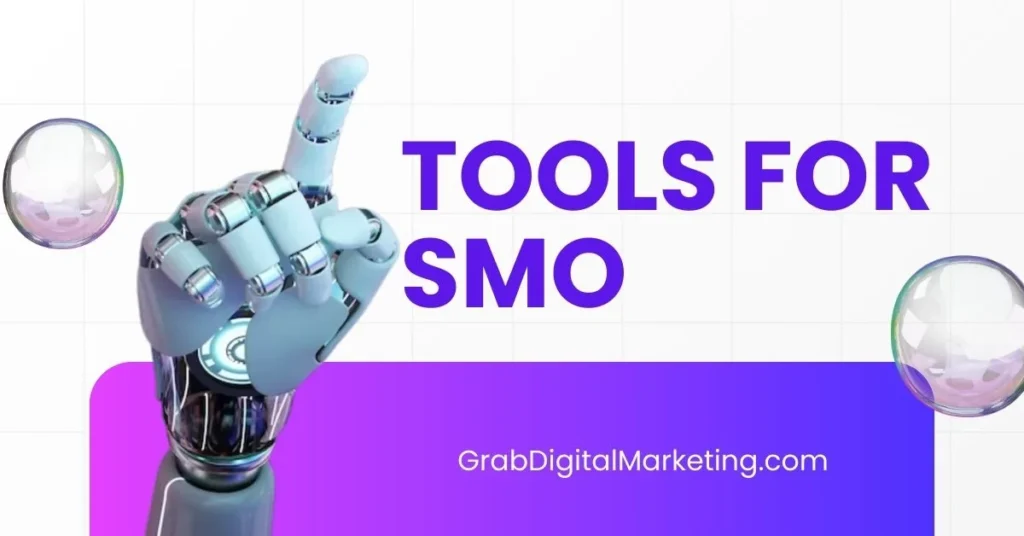
- Social Media Analytics Tools: Tools like Hootsuite, Sprout Social, and Buffer provide insights into your social media performance and help track key metrics.
- Hashtag Research Tools: Tools like Hashtagify and RiteTag assist in finding trending and relevant hashtags.
- Content Creation Tools: Canva, Adobe Spark, and others can help create visually appealing content for social media.
Social Media Marketing (SMM) Introduction
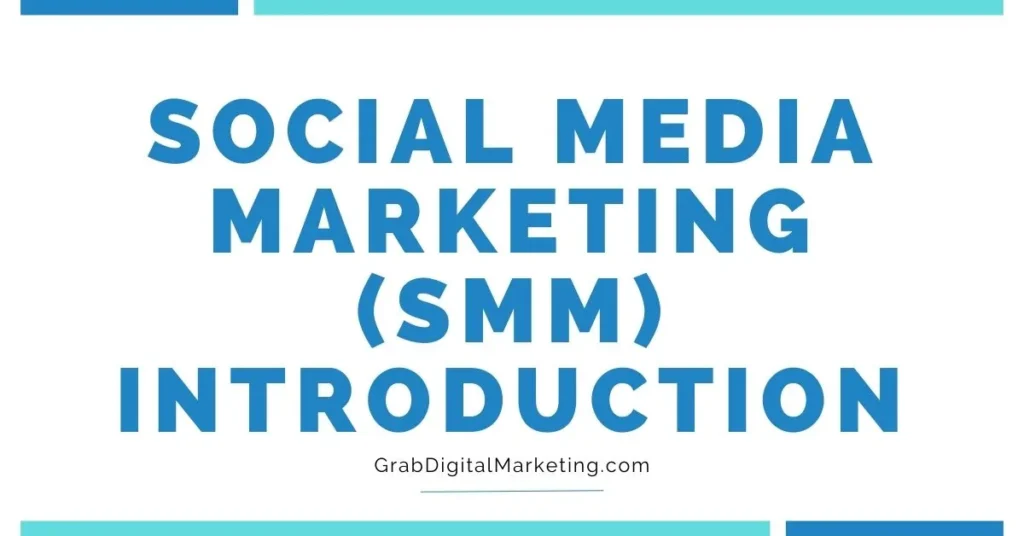
Social Media Marketing (SMM) involves using social media platforms to promote products, services, or content. SMM encompasses a wide range of strategies and tactics aimed at achieving marketing and business objectives through social media channels.
Importance of SMM
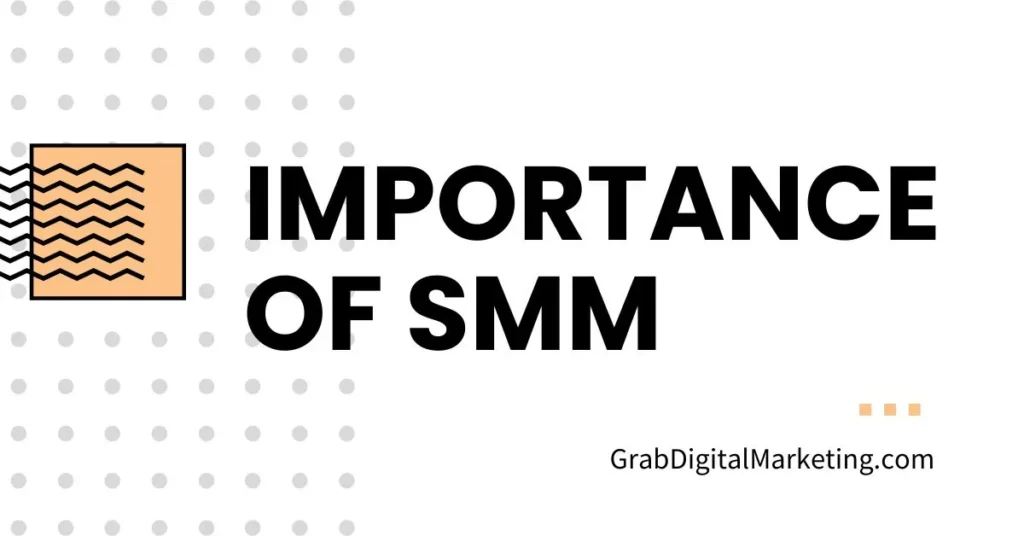
- Increased Brand Awareness: Social media provides a vast audience, allowing businesses to reach a larger and more diverse group of potential customers.
- Customer Engagement: SMM facilitates direct interaction with customers, fostering stronger relationships and brand loyalty.
- Lead Generation: Social media platforms can be effective tools for generating leads and driving conversions.
- Market Research: Social media provides valuable insights into consumer behavior, preferences, and trends.
Key Components of SMM

- Content Creation: Develop and share content that resonates with your target audience. This includes blog posts, videos, infographics, and more.
- Paid Advertising: Utilize social media advertising options like Facebook Ads, Instagram Ads, Twitter Ads, and LinkedIn Ads to reach specific audience segments.
- Influencer Marketing: Collaborate with influencers to leverage their reach and credibility to promote your brand.
- Community Building: Focus on building a community around your brand by engaging with followers, encouraging user-generated content, and fostering meaningful interactions.
- Analytics and Measurement: Track the performance of your social media campaigns using analytics tools to measure key metrics such as reach, engagement, and conversions.
Popular Social Media Platforms

- Facebook: Offers diverse advertising options, a large user base, and tools for community building.
- Instagram: Visual-centric platform ideal for showcasing products, behind-the-scenes content, and influencer collaborations.
- Twitter: Effective for real-time engagement, news updates, and customer service interactions.
- LinkedIn: Professional network suitable for B2B marketing, industry insights, and networking.
- Pinterest: Visual discovery platform ideal for sharing creative and inspirational content.
- YouTube: Video-sharing platform perfect for long-form content, tutorials, and brand storytelling.
Conclusion

Both Social Media Optimization (SMO) and Social Media Marketing (SMM) play crucial roles in a comprehensive digital marketing strategy. SMO focuses on optimizing your social media presence to increase engagement and traffic, while SMM leverages social media platforms for promotional and advertising purposes. By understanding and implementing the principles of SMO and SMM, businesses can effectively harness the power of social media to achieve their marketing and business goals.
I hope this gives you a thorough understanding of SMO and SMM.

